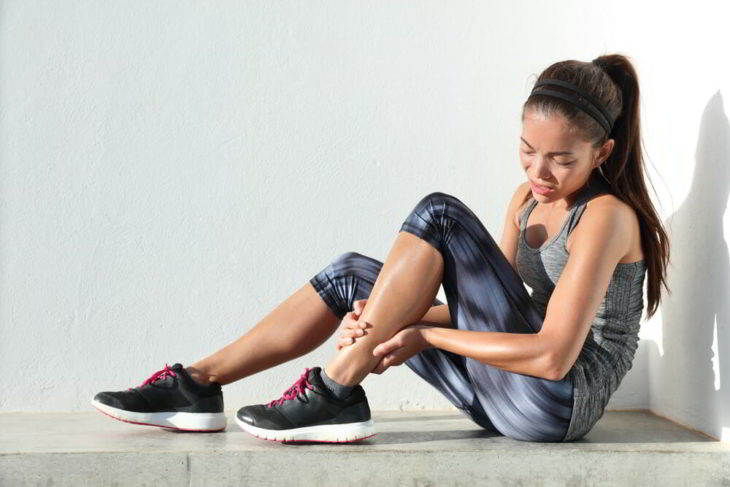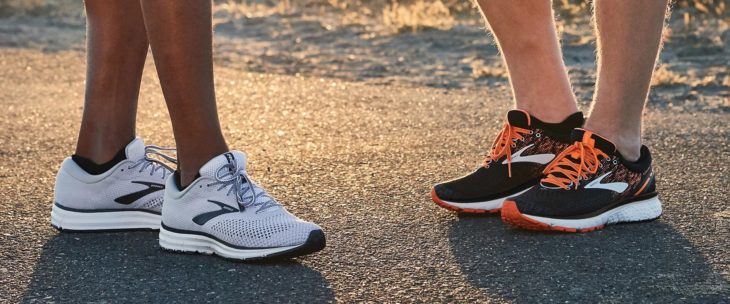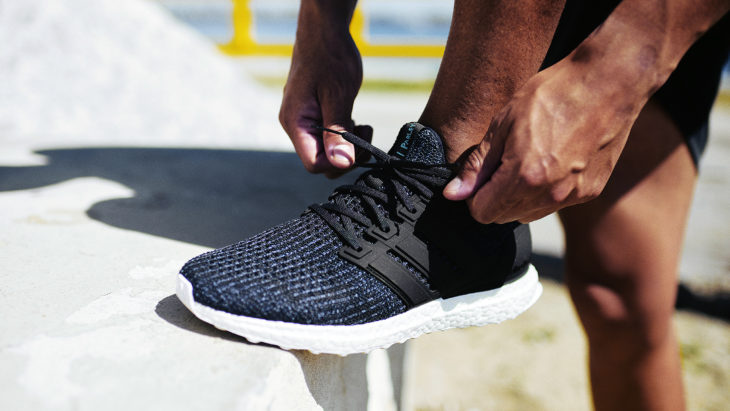Our feet arch act as the shock absorbers when we move around. People with flat feet don’t absorb as much shock as those with arch feet. So, when you are running, you will experience leg or back pains, hip pains, knee pains, or you get tired quickly. These aspects make running a real issue for flat-footed runners.
However, there are running shoes designed for people with flat feet to help your workout and running routines become more effective and efficient. So, if you love your morning jog and evening runs, you know how important it is to choose the right running shoes for you. Most people with flat feet have problems with choosing the right running shoes.
In this article, we will look at how to choose the best running shoes for flat feet.
Choose Shoes With Full Contact

Source: Running Shoes Guru
Running shoes should be designed in such a way that it is part of your feet. Contact is critical when choosing the best running shoes for you. Most shoes are designed with extra arch support, which is not necessary for flat-footed people. You risk getting an injury if you are running with shoes that have bad contact. Go for shoes that your feet would rest on a complete contact with the midsole. Having space between your feet and midsole can result in uppers of the shoes taking some of your body weight, which can cause severe injuries. Straight-lasted running shoes provide a more extensive base for mid-foot for good contact.
Contact also influences the stability of the shoe. You don’t want feet movement inside the shoes while running or one section of your feet taking most of your body weight. You will not run in a straight line so you need a shoe that will provide you with the stability you need during your run. You have enhanced stability once your feet are in perfect contact with the midsole.
Proper Support System

Source: Brooks Running
Overpronation is a menace when flat-footed people try to make their regular runs. According to therunningadvisor.com, the best shoes for people with flat feet are the once that try to correct overpronation. Choose shoes that have designed for runners with fallen arches. The support of the shoe will be aimed at reducing the pains and injuries that are associated with running for people with flat feet.
Ideally, flat-footed runners should have shoes with excellent arch support, enhanced forefoot support, and right heel and ankle support. Flat feet can often benefit from using a soft supportive orthotic insole. This will decrease the stress and strain on the foot during the day. It will make you run in a more natural and comfortable state.
The Material Of The Shoe

Source: T3
I know that most of you focus on the material of the shoe. You want something that’s appealing to the eye and also durable. However, for flat-footed runners, there are other things to consider other than just beauty and durability.
You need a well-cushioned midsole with breathable material; the upper material should also be breathable. Flat-footed runners exert more force on their feet during runs, and they need a material that can absorb the shock. Best running shoe material should be able to enhance its functioning and also durable.
Conclusion
How to choose the best running shoes for flat feet can be a challenge, but it is easy when you know what you are looking for. Running should be a relaxing activity, and the pains associated with flat feet and running should not be a worry to you if you choose an appropriate shoe that fits your feet needs.
